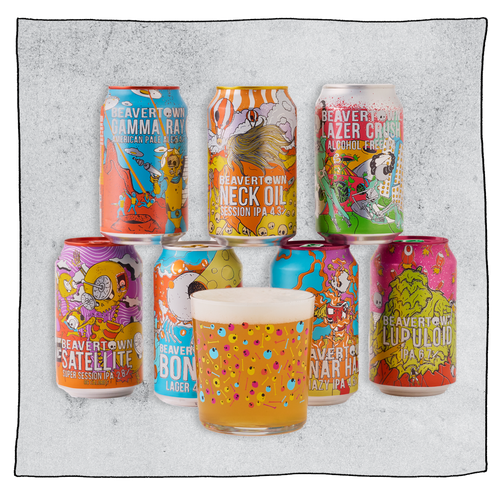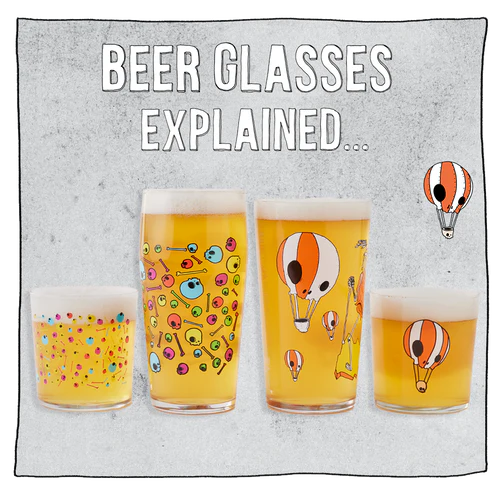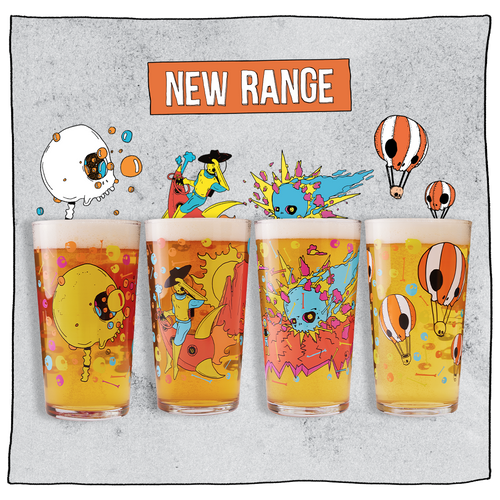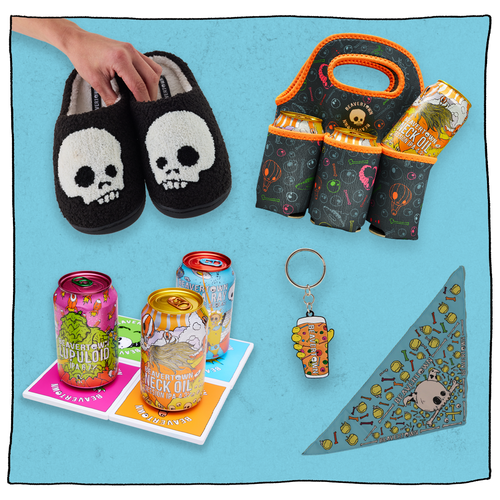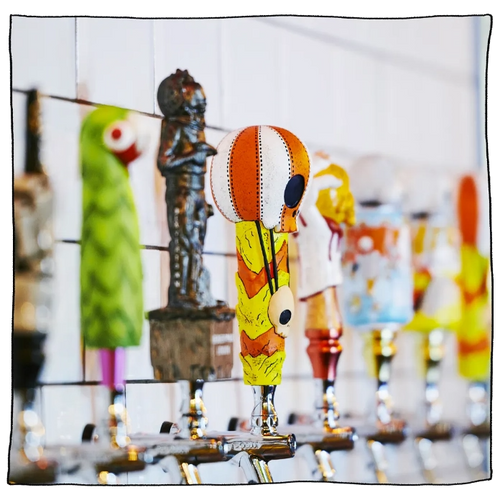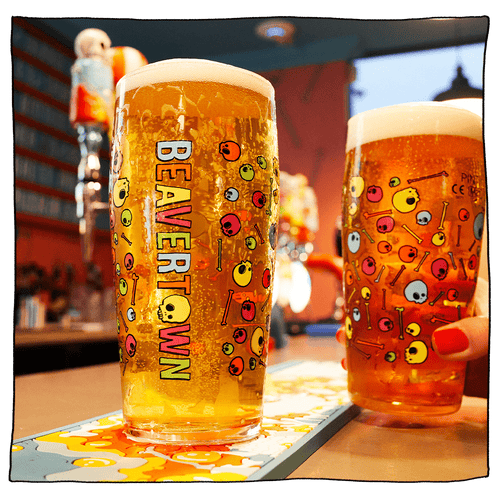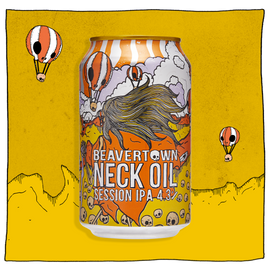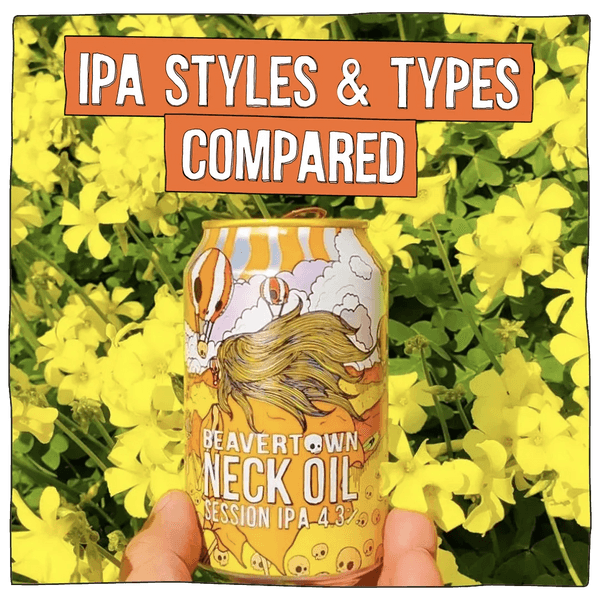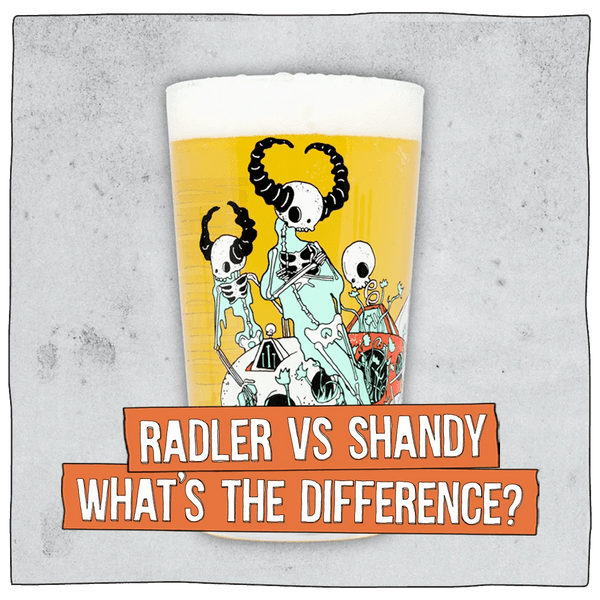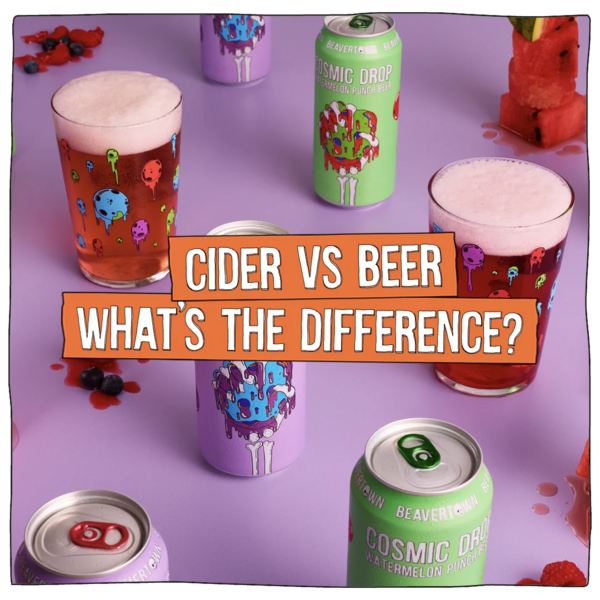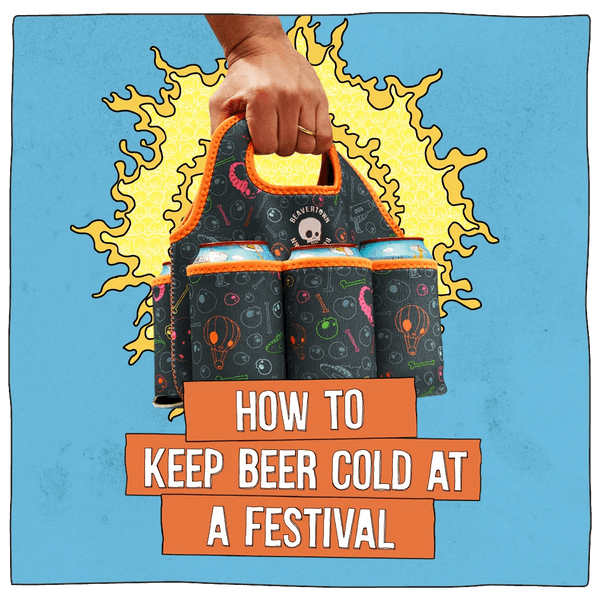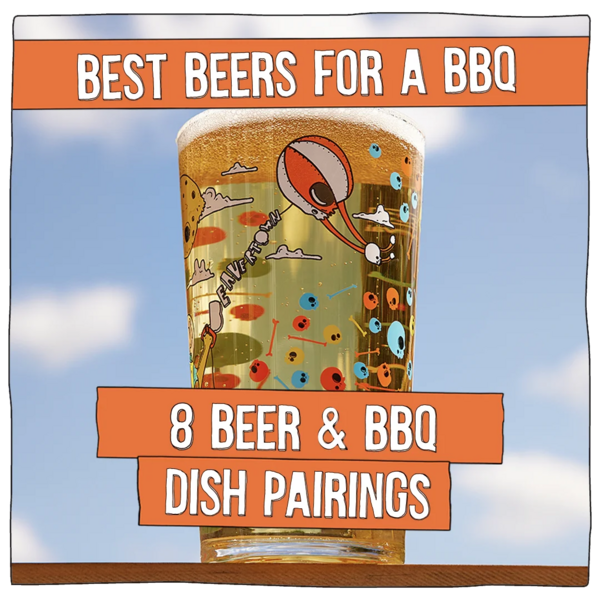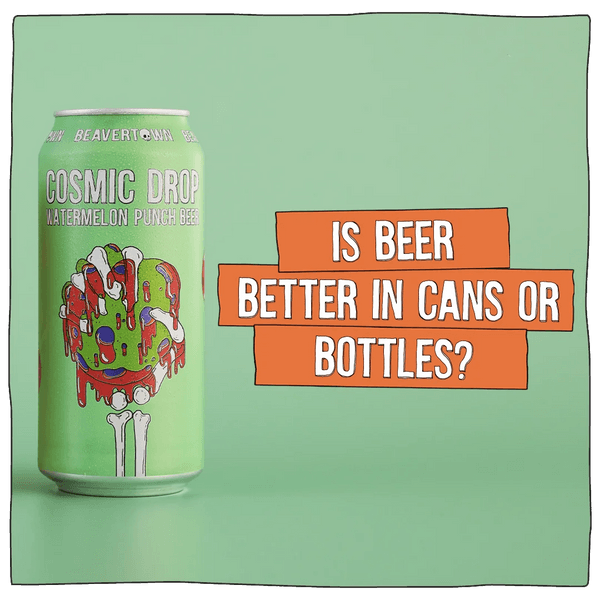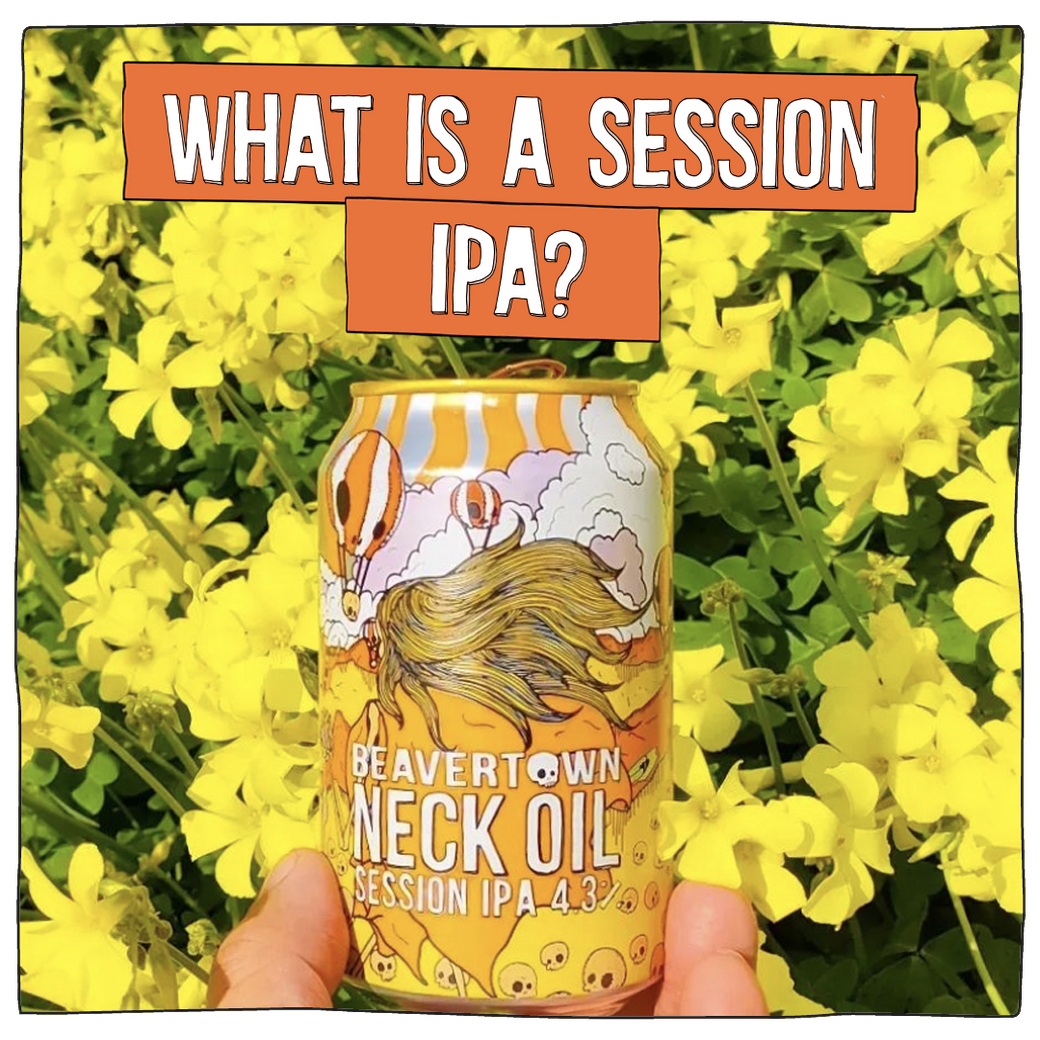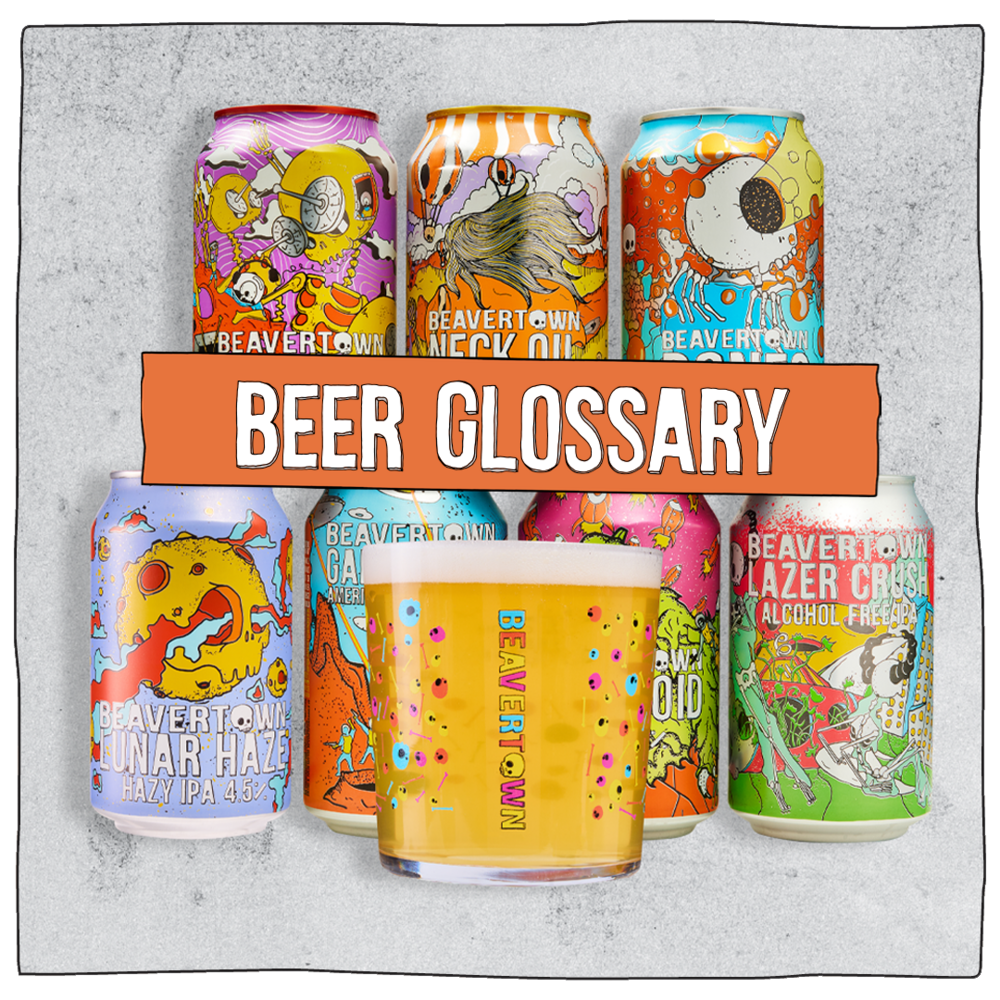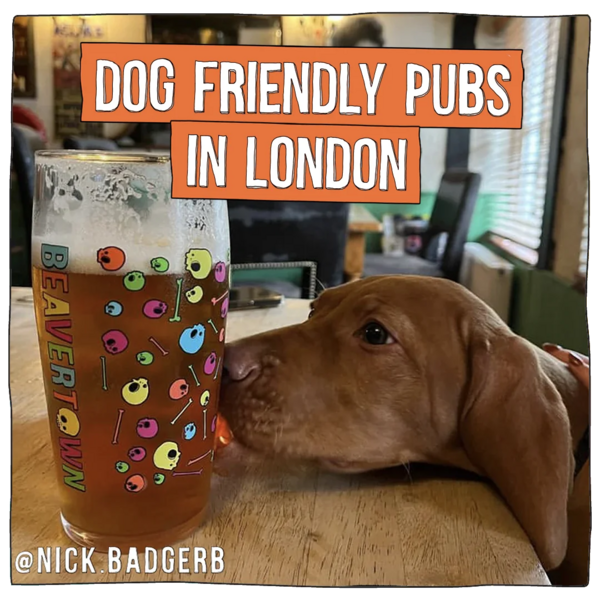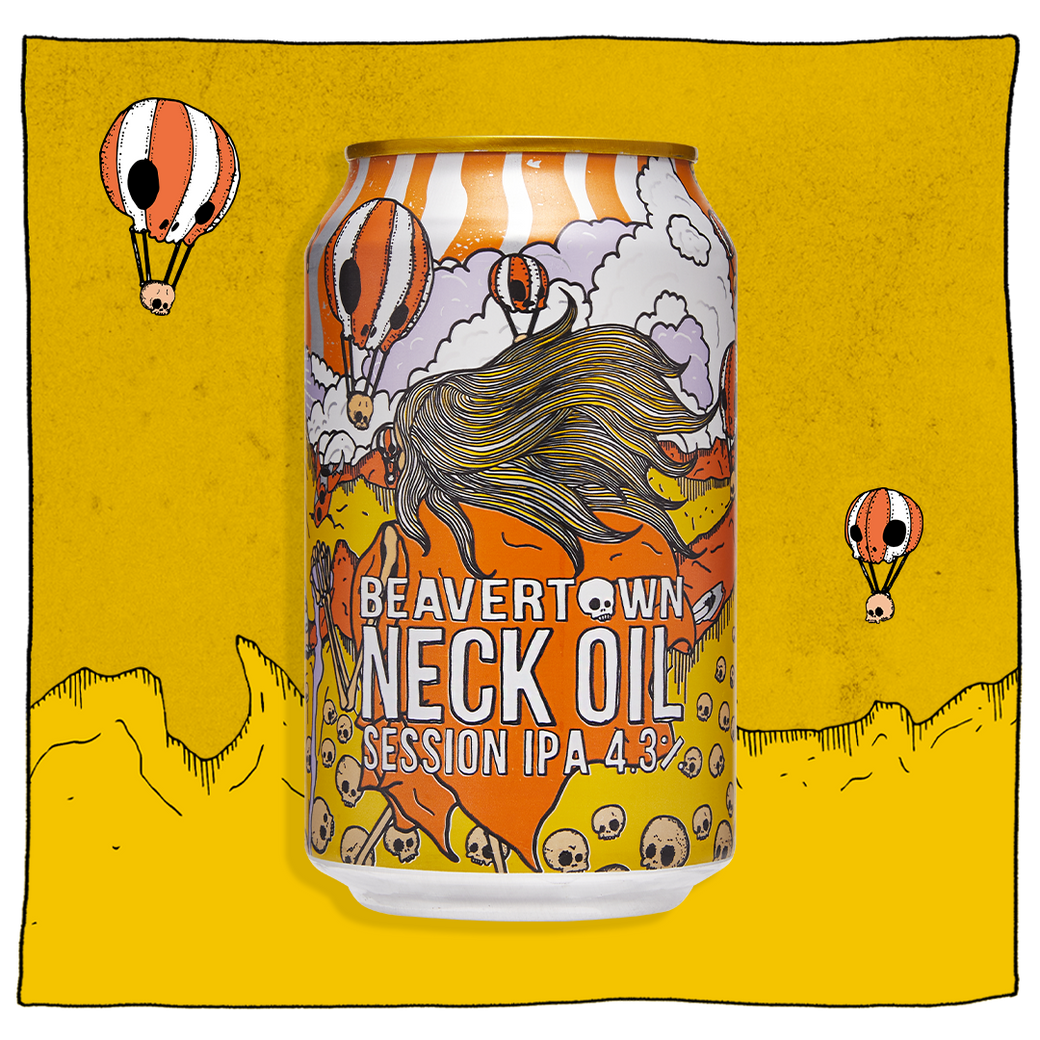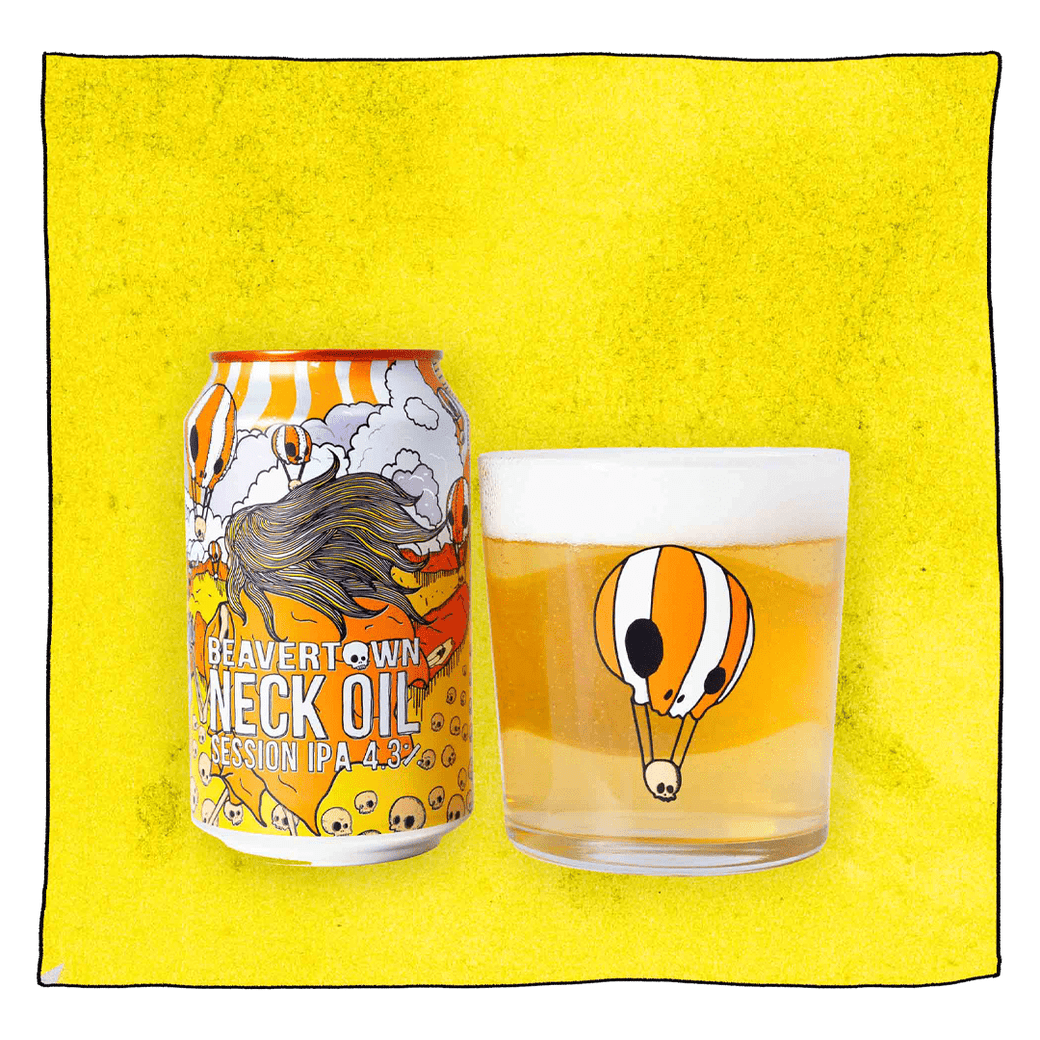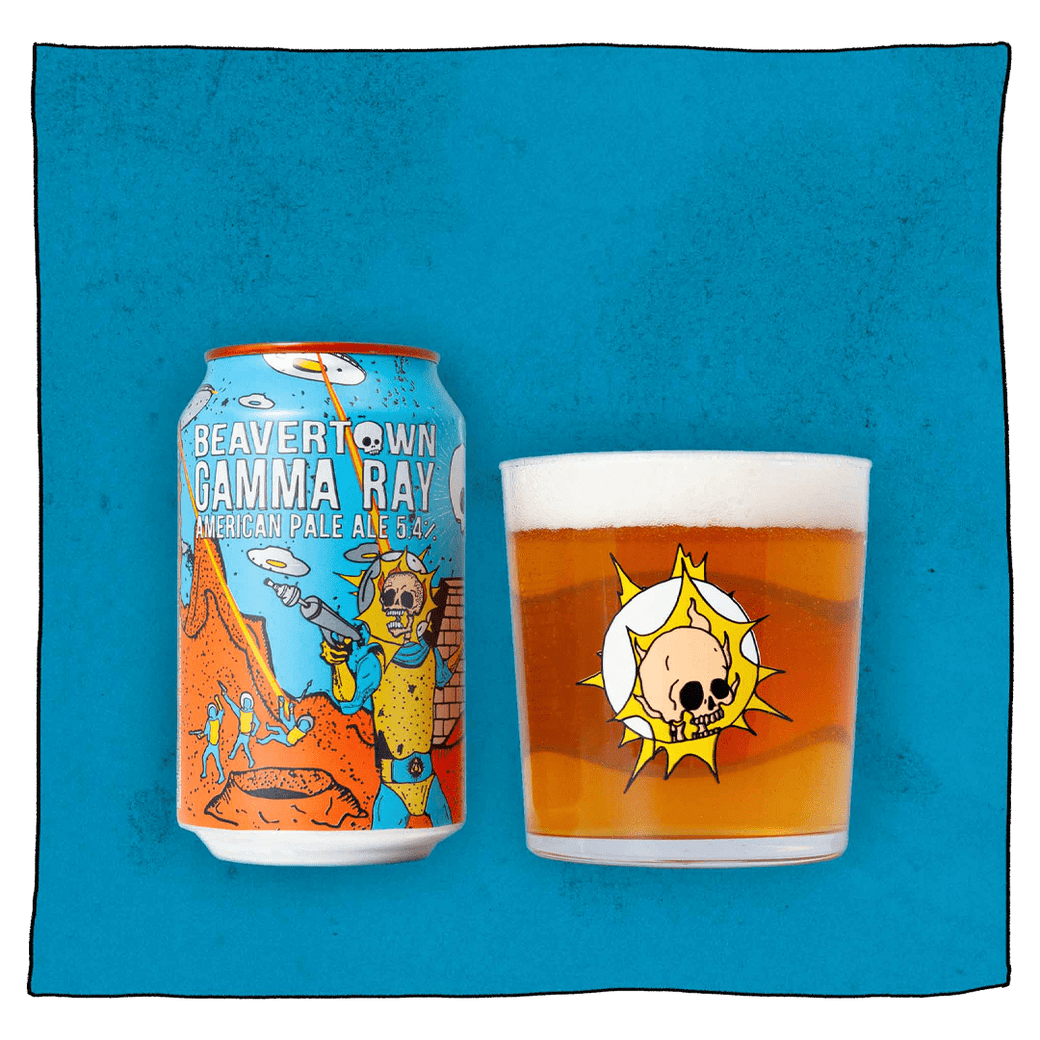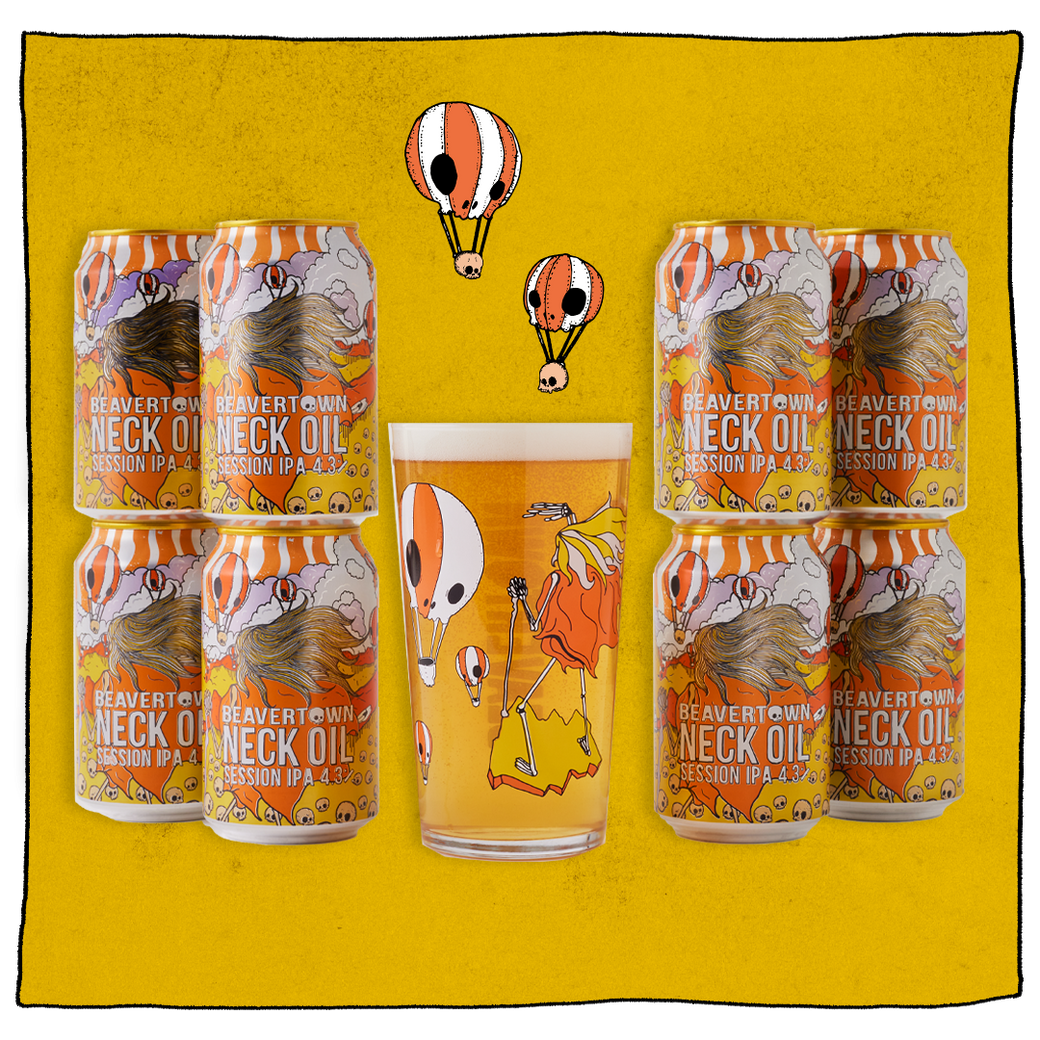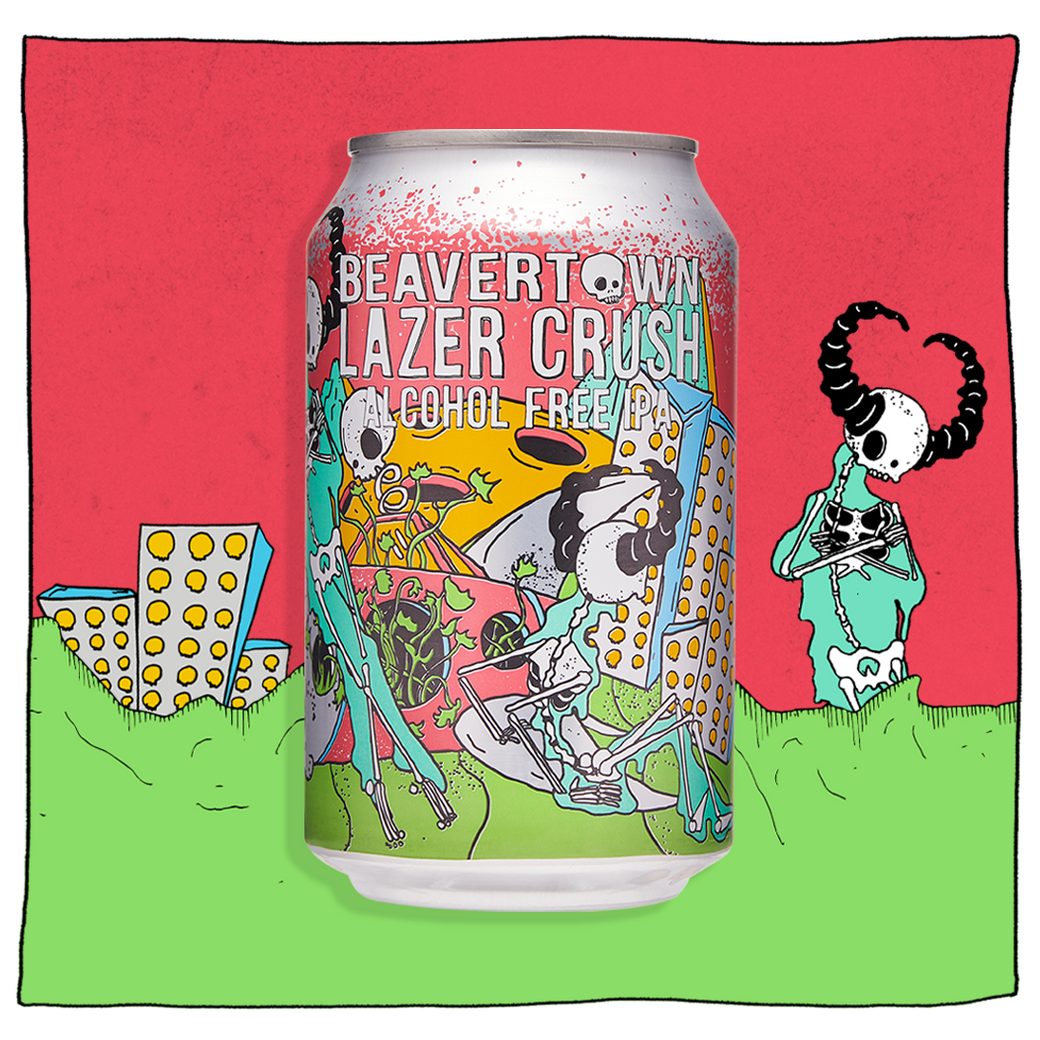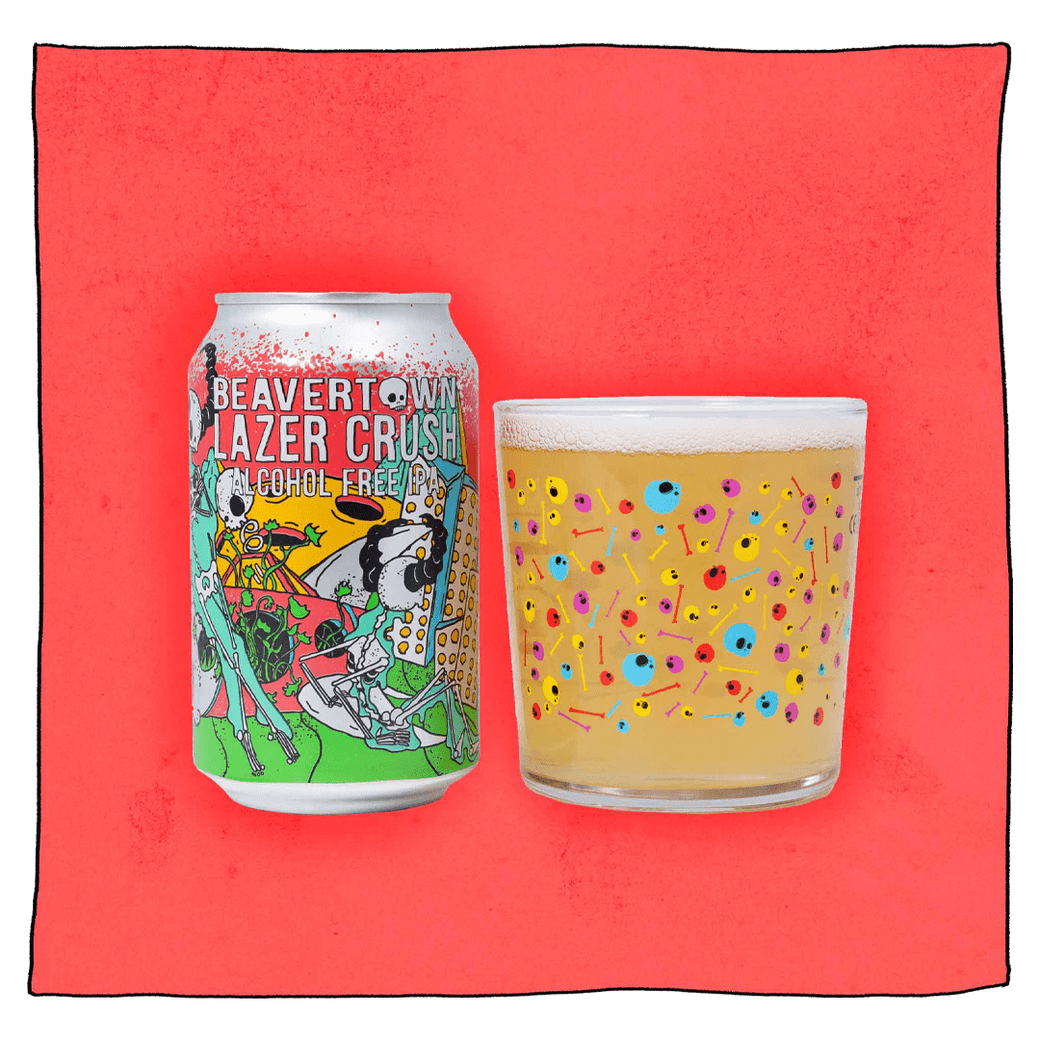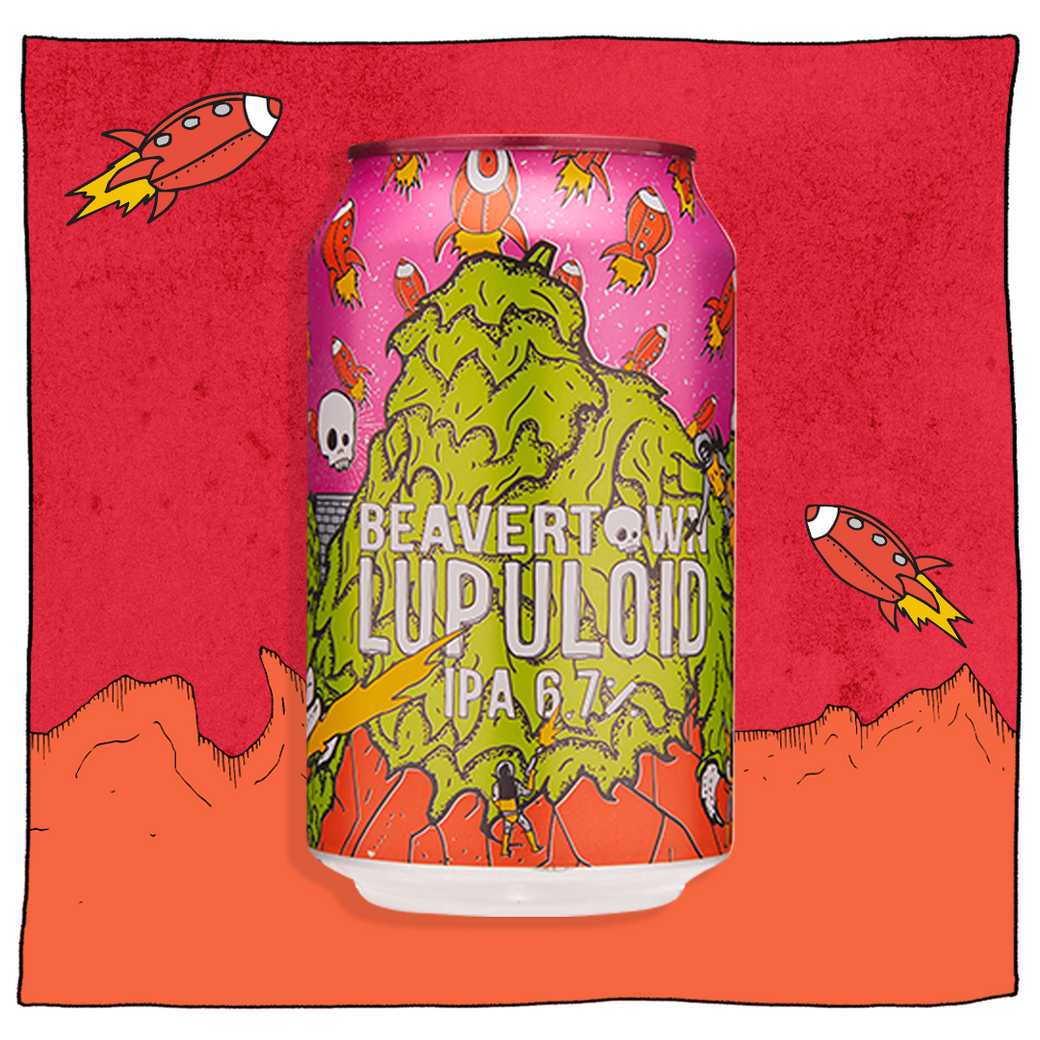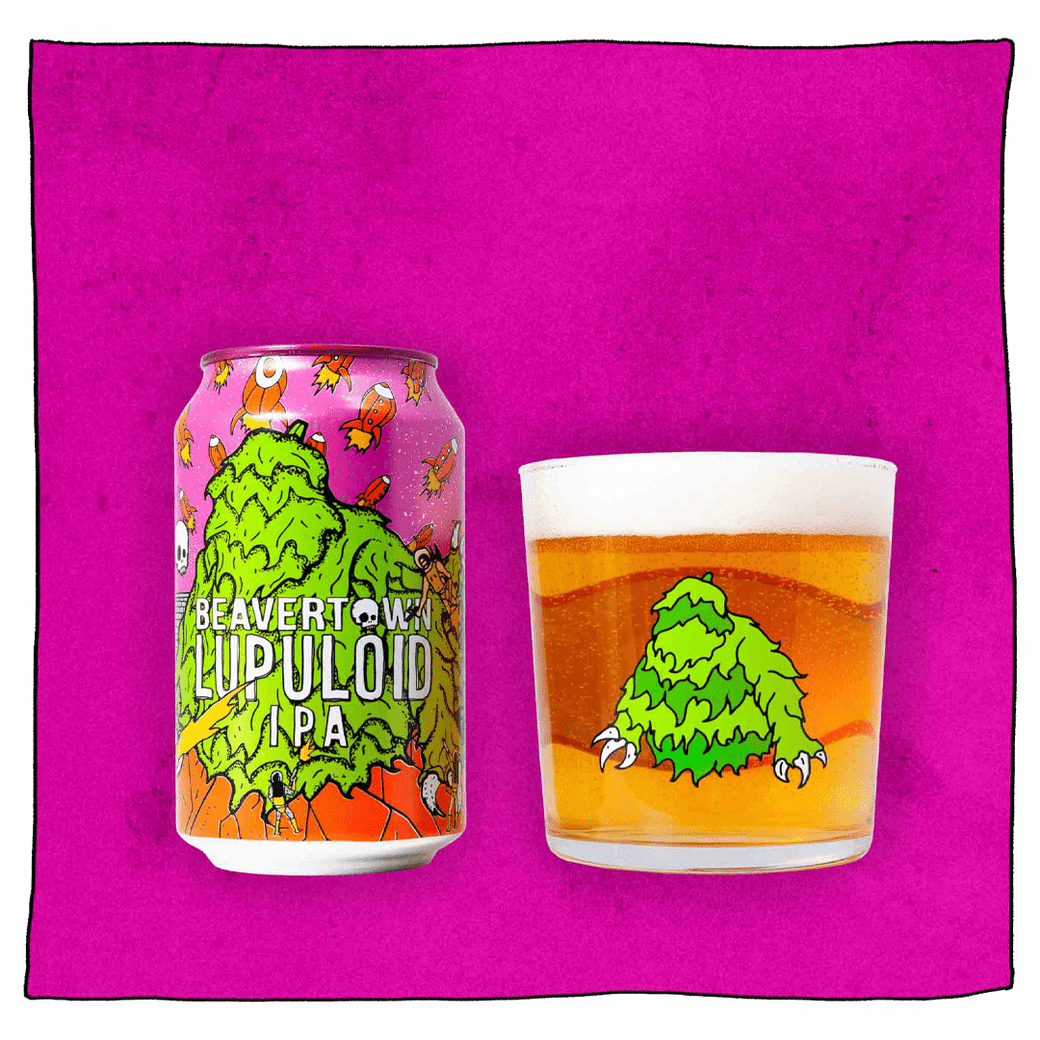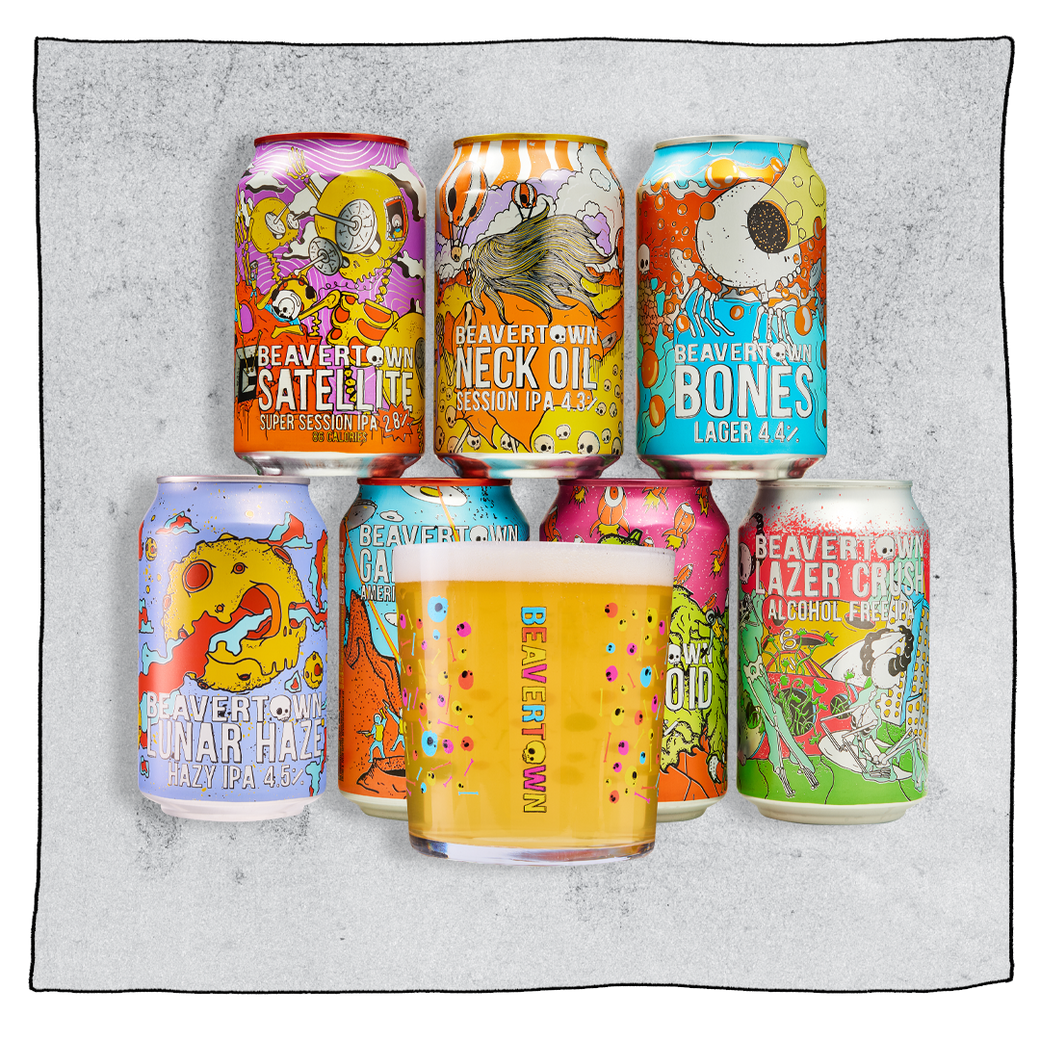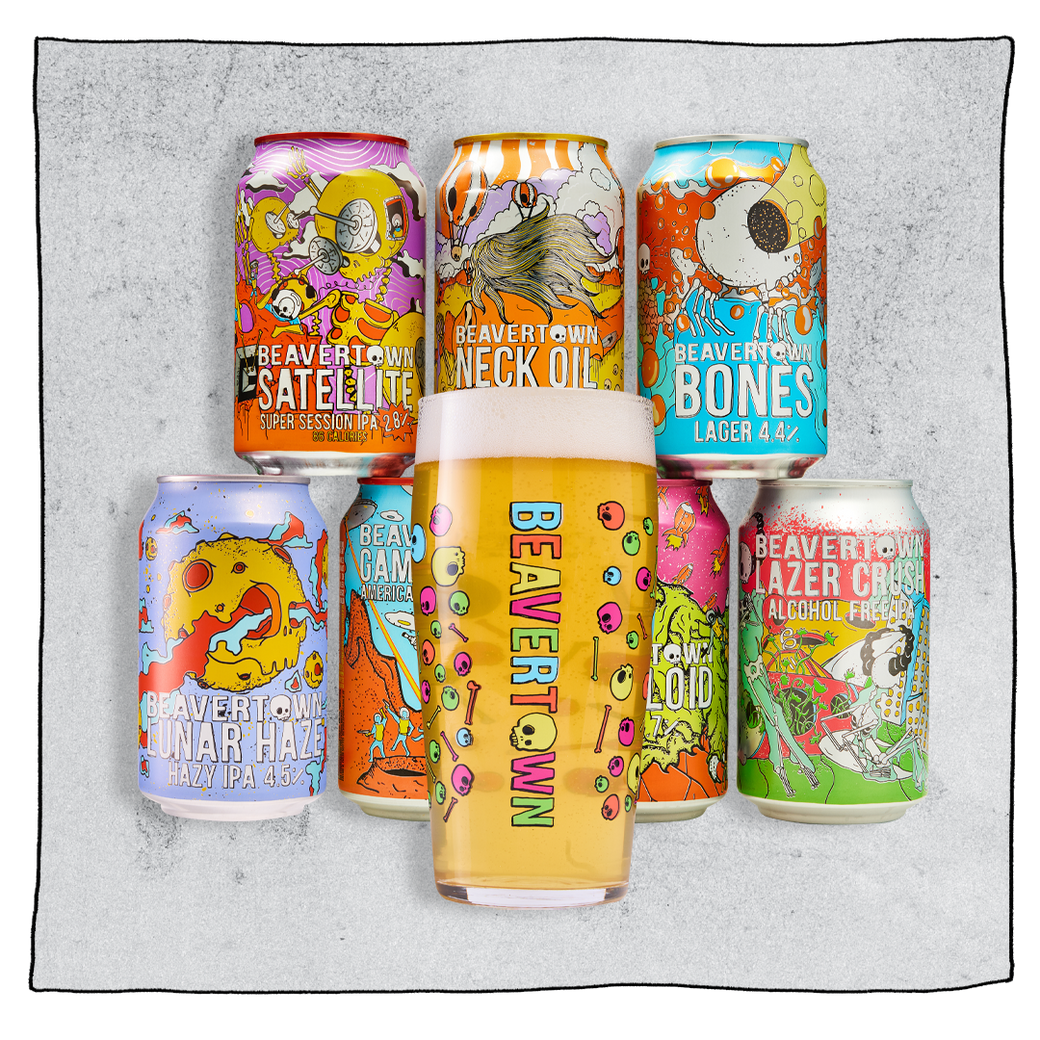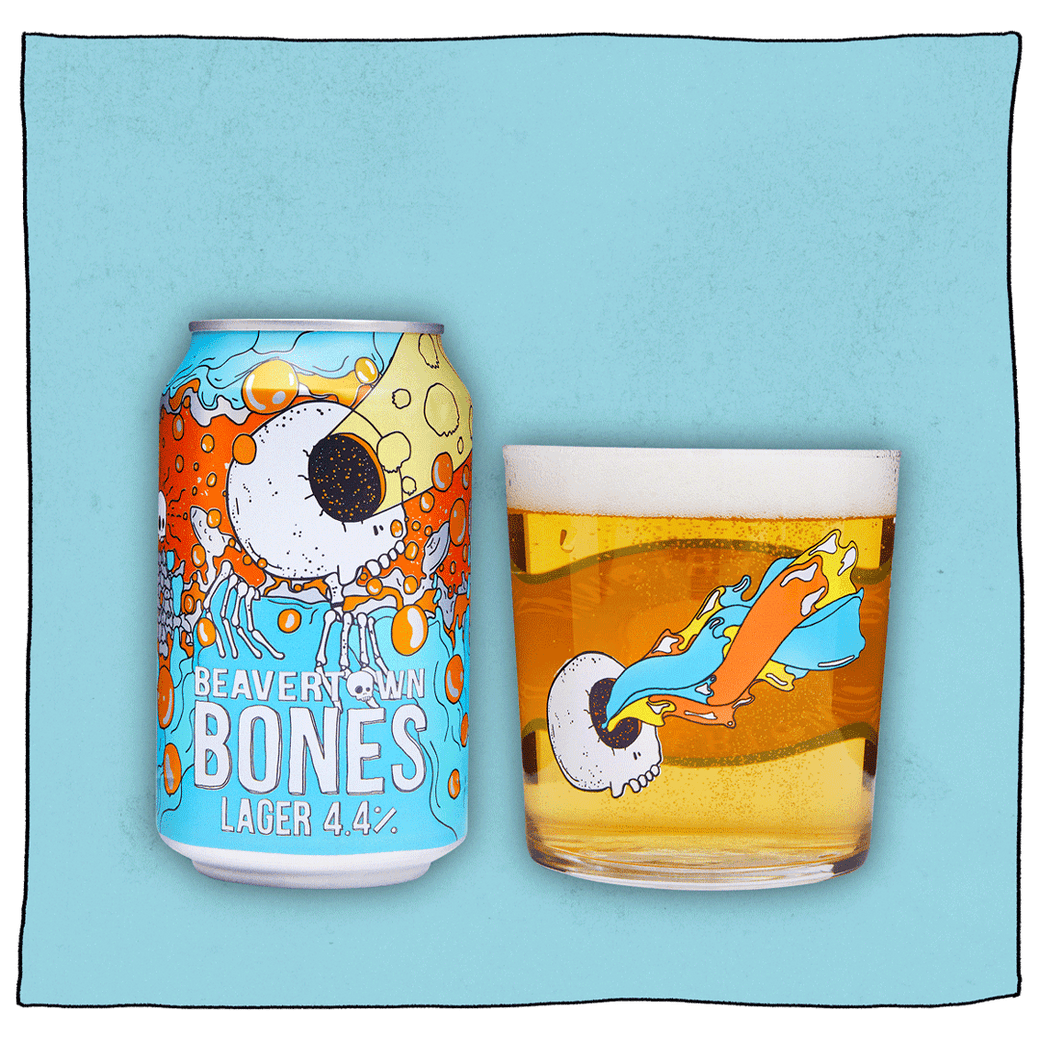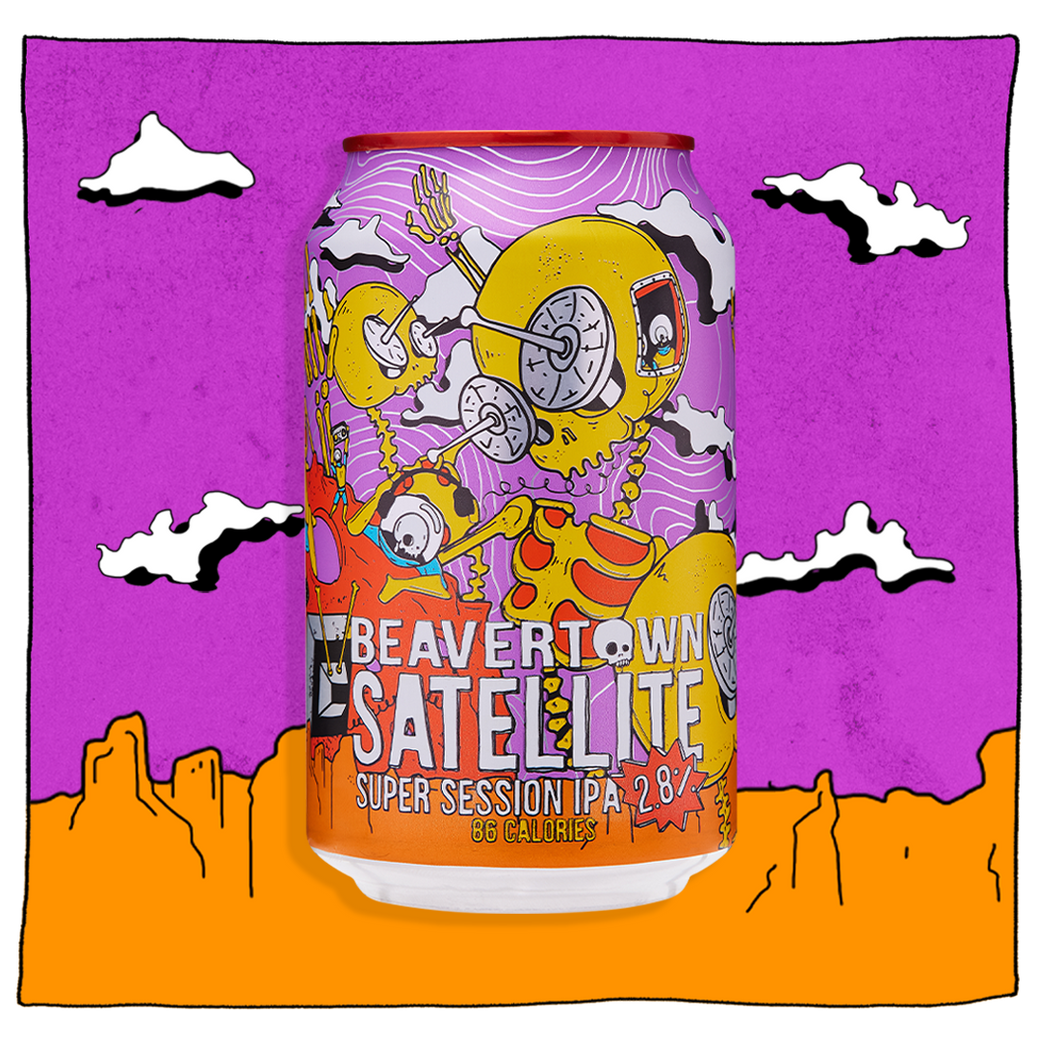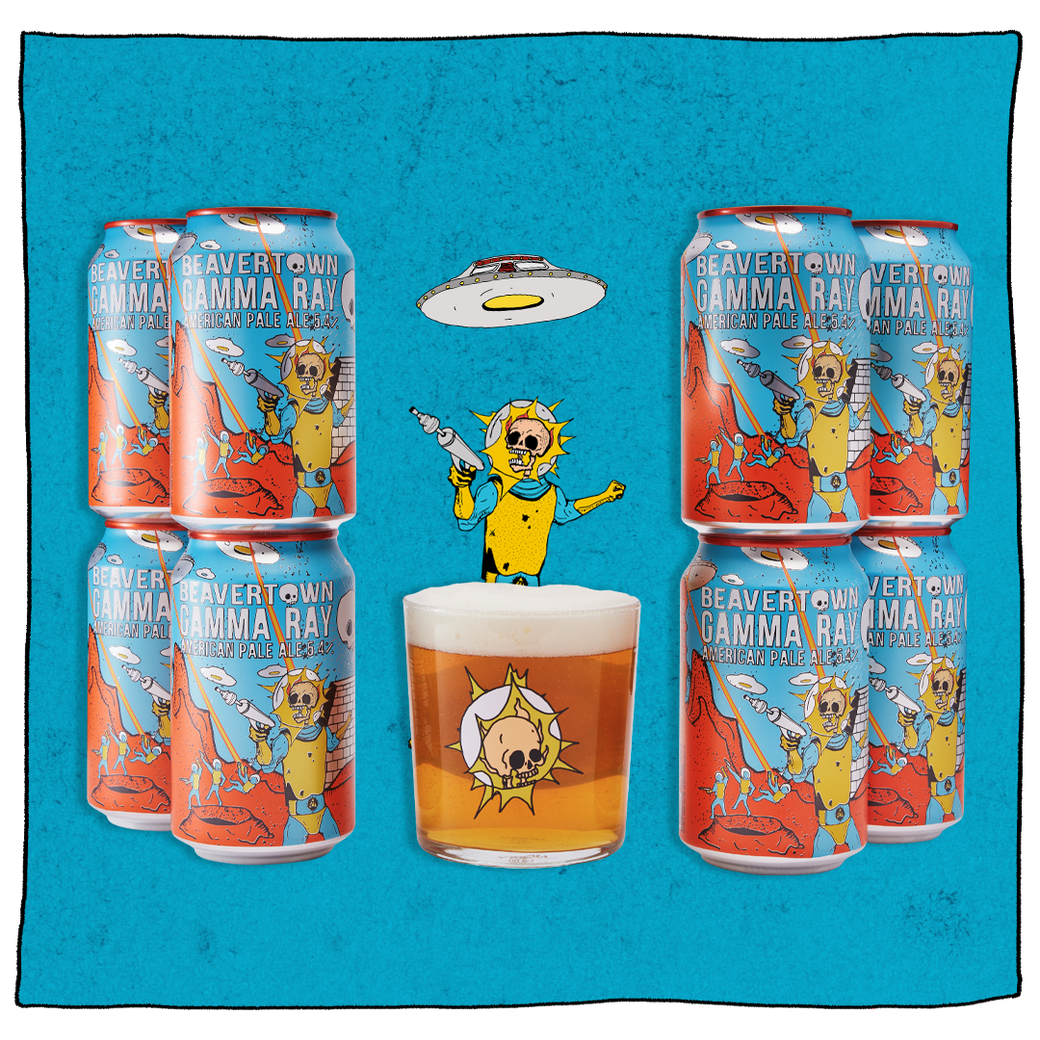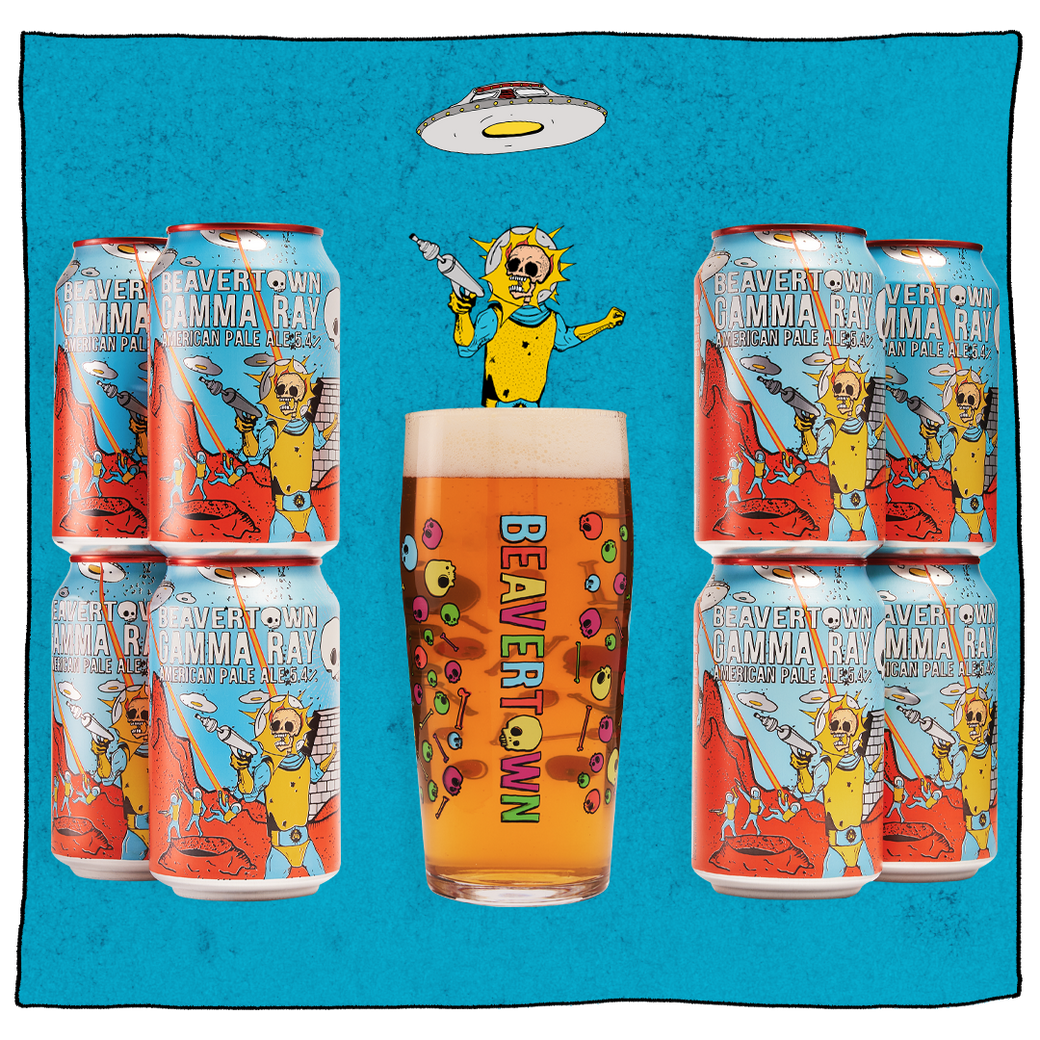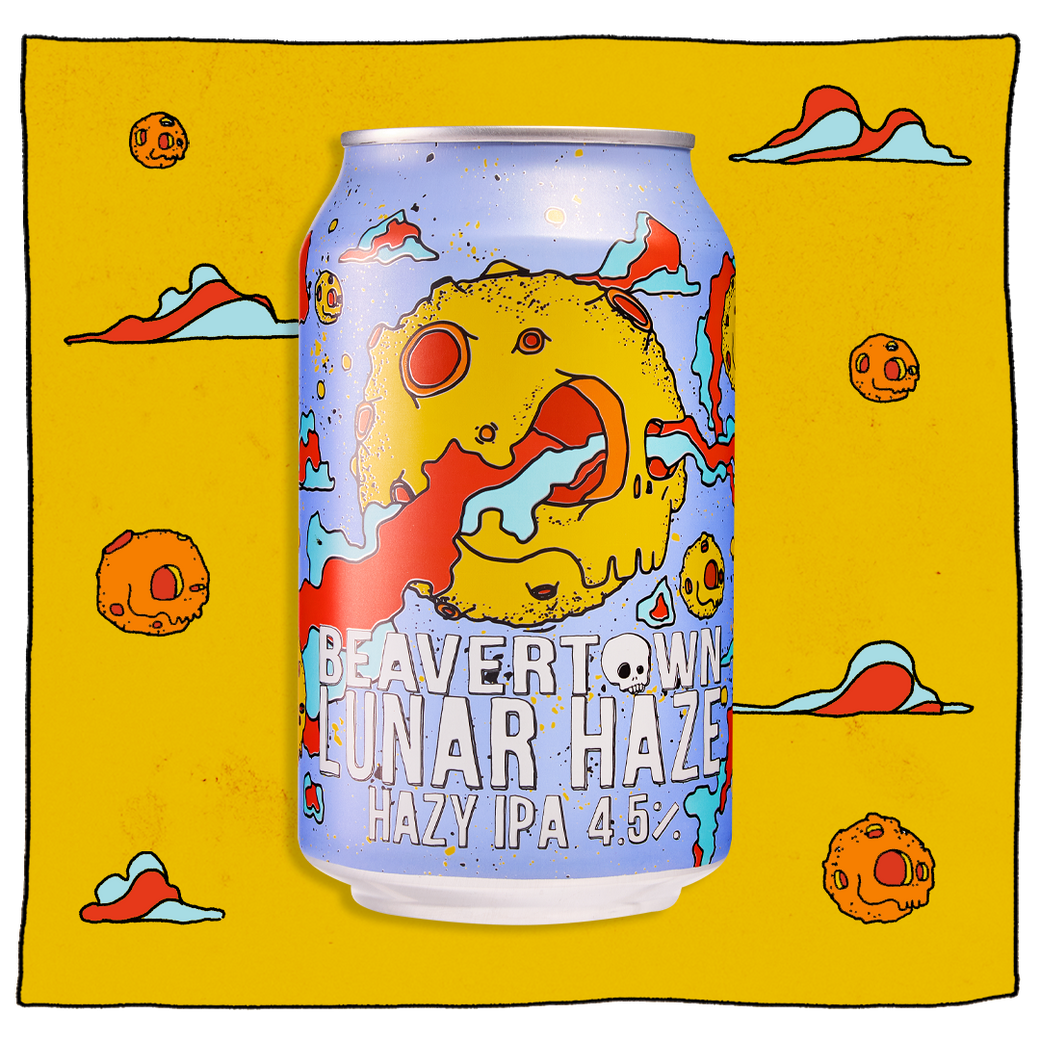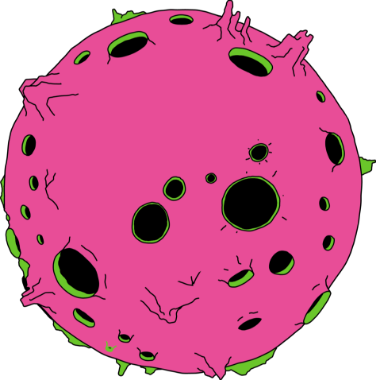Just like every good Sci-Fi movie, beer-making is equal parts science and art. Topped off with a little bit of magic, probably. If you ever wanted to know how beer is made, you’ve come to the right place! In case you didn’t know, beer is kind of our speciality.

What are the main ingredients in beer?
Believe it or not, there are only 4 ingredients needed to make beer. Yep, that’s it. Beer is all made with the same 4 ingredients. But by tweaking the amounts and types of certain ingredients, you can create more complex and tasty flavours.
Malt
All beer begins with malt. Traditionally, it’s barley, but oats and rice can be used too. The grains are roasted and dried, then milled to release the enzyme needed to make beer. The malts will determine the colour of the finished beer. A light roast gives the beer a pale colour. A dark roast will make the beer dark, too.
Hops
Hops are a big deal in beer brewing. They give it that citrussy, earthy taste we all know and love. There are loads of different types of hops, and each one gives beer a different flavour. Many beer makers combine multiple hops to create more complex flavours. Which is how Tropigamma gets its juicy, fruity taste. Or how Neck Oil gets its more down-to-earth flavour.
Water
You can’t make beer without water! Beer is basically 90-95% water at the end of the day. And the water can affect the taste of your finished beer. Hard water will add a different flavour to soft water because of the minerals dissolved in the water. So beers around the world will taste different, even if they’re made with the exact same malt and hops
Yeast
Yeast is the final ingredient you need to make beer. Yeast is added to ferment the mixture. It breaks down the sugars and carbs and turns them into alcohol, ready for you to enjoy (responsibly) down the pub.
The beer brewing process in 8 steps

1. Milling
Milling is where the roasted malt gets ground up into smaller particles. This releases the enzymes needed to help make the beer, beer.
2. Mashing
Next, the milled malt is mixed with hot water and left to steep, which creates a sweet liquid thanks to all the sugars in the malt breaking down. This is called ‘wort’ (pronounced like ‘wurt’.)
3. Boiling
The wort is then added to a pot with some of the hops and boiled. The hops add a bitterness to the mix. After about an hour, more hops are added to give their unique aroma.
4. Fermentation
Then, the mixture is cooled and added to a fermentation pot where yeast is mixed in. This is where the magic happens. The yeast digests the sugars and turns them into alcohol and carbon dioxide, which is where the beer gets its booze and bubbles.
5. Maturing
The beer is then left to mature and develop more flavour. Different types of beers are matured for different lengths of time. A lager is stored at a very cool temperature for a long period of time, whereas ales are stored for less time.
6. Filtering
Next, you need to filter the beer. Otherwise, you’ll get a nasty mouthful of soggy hops and gritty malt instead of the smooth, refreshing beer we love. Depending on the beer you’re drinking, it might also be processed at this stage to make it clearer or carbonated to add in more fizz.
7. Packaging
Time to bottle up all the golden goodness. And by that, we mean the beer is packaged up into bottles, cans, or kegs. It’s then ready to send out to shops and pubs for perfect weekend sipping.
How are different types of beer made?

The beer galaxy is wide and varied, with a whole bunch of different beer types with different brewing methods.
Pale ales
Pale ale has been around for a LONG time. They may not look all that pale in colour sometimes, thanks to a darker malt, but they're pretty light compared to the darker-coloured drinks that were popular before them.
They're hoppy and rich with some citrus zest and fruit flavours in there too. IPA, APA, and Hazy IPA are all types of pale ales.
Lagers
Lager is brewed at low temperatures and tends to have a lower ABV (alcohol content) than ales or IPAs. It’s smooth to sip and balanced in flavour. And is usually everyone’s gateway into the world of beer. But when it’s done right (like Bones), there’s nothing like it.
IPAs
IPA stands for India Pale Ale. This hoppy brew was the answer to the East India Trading Company’s problem of not being able to drink beer on long boat journeys. IPA Beer was probably tooth-strippingly bitter at first because of all the hops, but it’s much more palatable now!
Thirsty for more beer knowledge? Find out what beer tastes like or how many calories are in beer.


